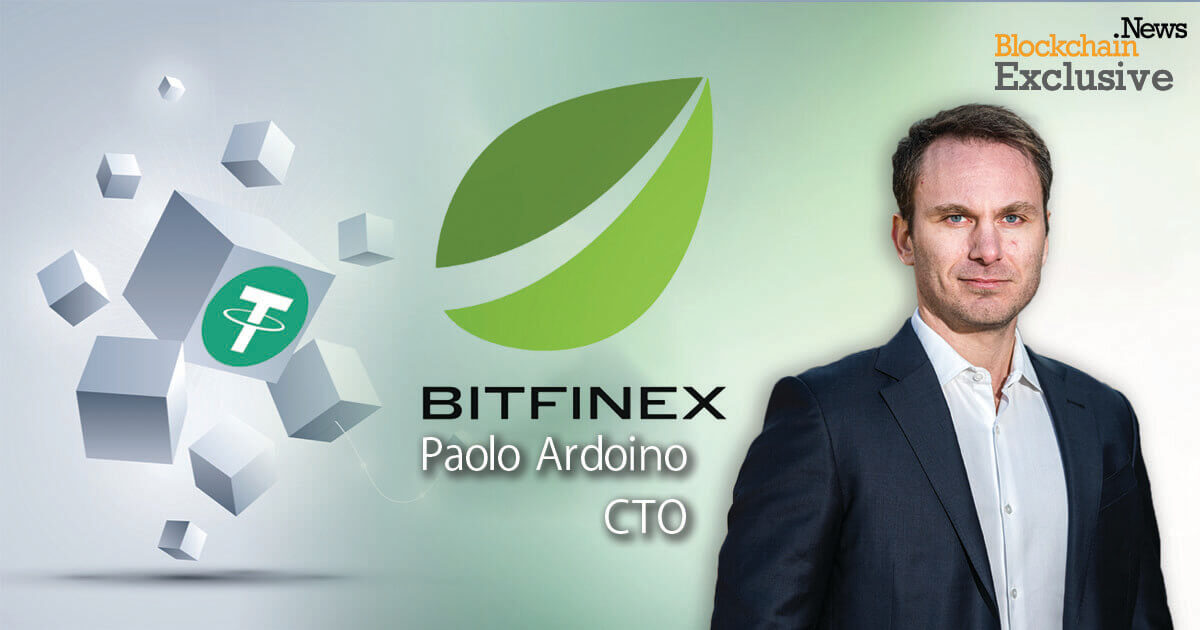Welcome to Extreme Investor Network
As experts in the field of Crypto, cryptocurrency, and blockchain technology, we are constantly monitoring the latest developments in the industry to provide you with valuable insights and information. Today, we delve into the challenges facing Ethereum two years post-Merge and its transition to Proof of Stake.

Ethereum’s Post-Merge Challenges
Since the Merge in September 2022, Ethereum has faced significant challenges in its transition to Proof of Stake. High transaction costs, network congestion, and competition from Layer 2 solutions and faster blockchains like Solana, Avalanche, and others have impacted Ethereum’s performance.
Impact on Ethereum’s Market Share
Despite expectations of improved scalability and reduced fees post-Merge, Ethereum has struggled to deliver on these promises. Users and developers have turned to alternative Layer 2 solutions like Optimism, Arbitrum, and ZK-rollups for faster and cheaper transactions. Newer blockchains such as Solana, Sui, and Aptos have also gained traction, offering higher throughput and lower fees.
Remaining Competitive
Layer 2 solutions and competing blockchains have become popular alternatives for users seeking lower transaction fees. Platforms like Arbitrum, Optimism, and zkSync provide faster transactions while maintaining security. Competing blockchains like Solana and Avalanche offer similar capabilities with lower fees and faster speeds, posing a challenge to Ethereum.
The Bright Future for Ethereum
Despite these challenges, Ethereum remains the second-largest cryptocurrency by market cap. With an active developer community and ongoing innovations, Ethereum is set to enhance scalability, reduce fees, and improve user experience. Future upgrades, including sharding and continued Layer 2 development, aim to address the concerns driving users to alternative blockchains.
Although Ethereum ETFs have had a slow start, they offer traditional investors new ways to gain exposure to Ethereum. As the market matures, these ETFs have the potential to attract more interest and investment.
Looking ahead, Ethereum’s commitment to innovation and infrastructure positions it well for growth. By implementing upcoming upgrades, Ethereum has the potential to regain its prominence in the blockchain space and attract developers, users, and liquidity back to its network.
Stay tuned to Extreme Investor Network for more updates on the latest trends and developments in the world of Crypto, cryptocurrency, and blockchain technology.

